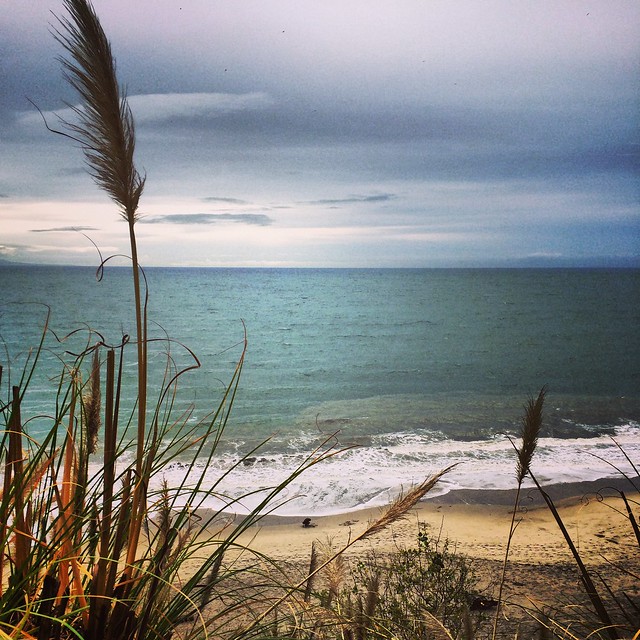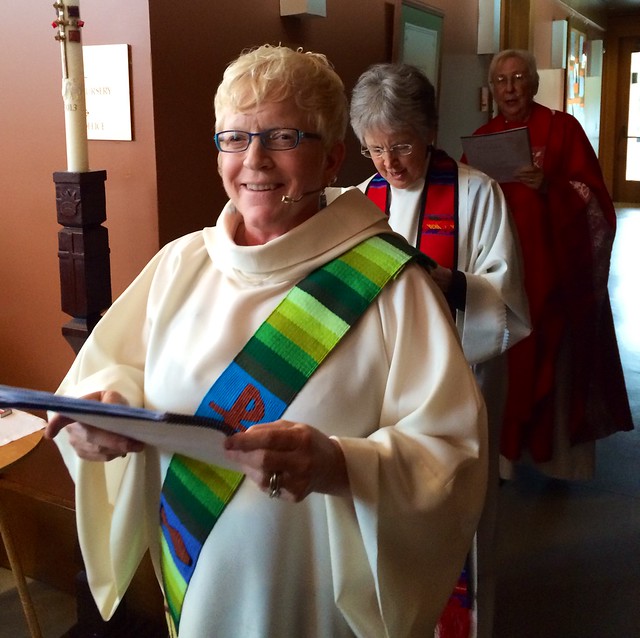
enter Flying Across the Sky © 2014 Bo Mackison
https://townofosceola.com/5ltqybm9ohu “Real travel is not about the highlights with which you dazzle your friends once you’re home. It’s about the loneliness, the solitude, the evenings spent by yourself, pining to be somewhere else. Those are the moments of true value. You feel half proud of them and half ashamed and you hold them to your heart.” ~ Tahir Shah
There was an afternoon when the desert floor was still and heat rose like fire.
Order Tramadol Mastercard I packed a bag with supplies and traveled to Madera Canyon, found an isolated site high in the Santa Rita Mountains, with the summit of Mt Wrightson in view, and there I spread out paper and magazines, scissors and glue. And readied to create.
I typically work quickly, intuitively.
Best Place To Get Tramadol Online But on this April afternoon I had a dear companion with me, and she is more meticulous, more exact in her creative pursuits. And so I slowed my pace and we worked companionably together.
go here My tiny accordion book, set into a pair of four-inch square canvas boards, started out simple. As I worked the layers became more complicated. I hid parts I wanted to let disappear into the past, and added features I wanted to remember.
The little book eventually told a part of my story, my Arizona-Wisconsin dichotomy.
Tramadol Overnight Delivery Visa I explored my desire to be in two places at the same time – to remain in the desert where I feel a deep, soul connection, yet also to be with my loved ones in Wisconsin.
Impossible in life, but not impossible in my art.
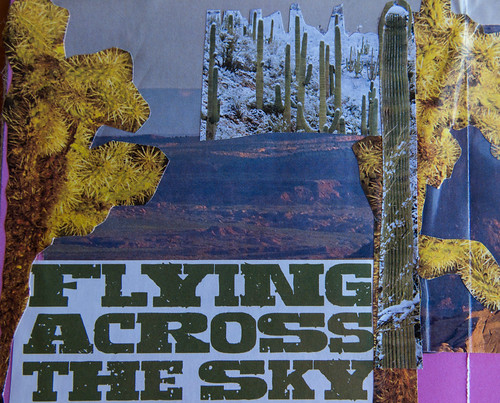
follow site Flying Across the Sky © 2014 Bo Mackison
Cheap Tramadol Canada “…flying is like throwing your soul into the heavens and racing to catch it as it falls.” ~ Linda Howard
Dichotomy
https://reggaeportugal.com/7mf3ucz2z Flying. I request a next-to-the-window seat. Always.
So I can stare into the sky, lose myself in thick cloud cover, or watch the country far below,
farmland platted in tiny squares, river snakes,
mountains rise from plains, sunlight slides across the face of the earth, then disappears.
see I watch cities and towns morph into dots of lights.
Each time I board a plane, it’s as if I toss my soul towards the heavens,
then breathe with calm intention ’til I reconnect with land
and my soul again searches for desert red. And settles.
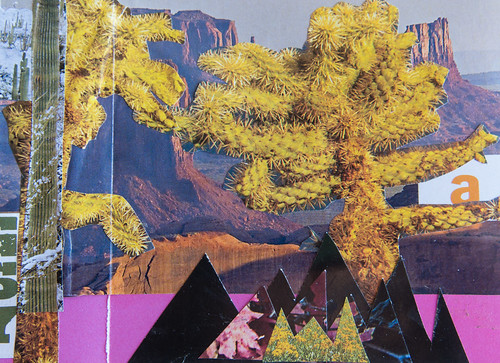
https://lavozdelascostureras.com/4n4gzm3 Tree Cholla, Snowy Saguaro, Monument Valley © 2014 Bo Mackison
https://faroutpodcast.com/691hiujm9 “Over the years, one comes to measure a place, too, not just for the beauty it may give, the balminess of its breezes, the insouciance and relaxation it encourages, the sublime pleasures it offers, but for what it teaches. The way in which it alters our perception of the human. It is not so much that you want to return to indifferent or difficult places, but that you want to not forget.” ~ Barry Lopez
https://www.villageofhudsonfalls.com/brnnwstfz6 There are no guarantees.
I’ll readily admit, I came to the desert Southwest for its healing sunshine,
sunlight that could flip a switch in my brain, drench it in
neurotransmitters to make smiling easier than weeping.
https://audiopronews.com/headlines/1737bapggfc I continue to come for that boost, and yes, tree cholla with
golden auras gleaming in the waning sun are also beyond breathtaking.
Reflecting sunlight burrows deep into my being.
see Saguaro with a freakish coat of snow are equally mystical.
Desert mountains – green with riparian water, yellow in a blaze of autumn sycamore leaves,
or black in the desert night – they are all magical.
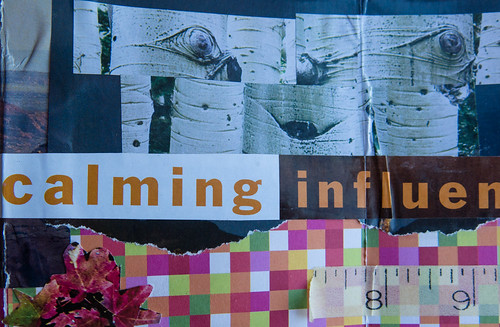
Buy Ultram Tramadol Online Calming, Influence, Aspen Smile © 2014 Bo Mackison
https://www.annarosamattei.com/?p=b8pox7ft “To be at peace, does not mean that you are amiss of every storm, it only means that you can find a calm within the storm.”
~ Tania Elizabeth
Order Cheap Tramadol Online I talk to trees. The connection is energy,
I rest my hands upon their bark, lay my cheek against their rough grain.
https://faroutpodcast.com/163ol3djemc I have leaned the art of calming under the influence of this land –
sky islands stretch – from Lower Sonoran Desert habitat dotted with saguaros
to near alpine conditions, bald rock dotted with firs.
Akin to traveling from Northern Mexico to southern Canada.
https://reggaeportugal.com/b6jb70i9f But always. Always.
I yearn to return to the desert floor, to the spaciousness and solitude that warm my spirit.
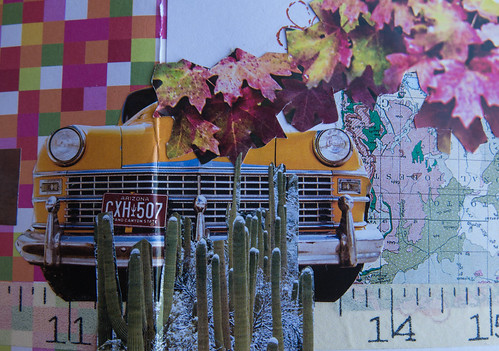
enter site Map, Yellow Car, Arizona Plates © 2014 Bo Mackison
https://musicboxcle.com/2025/04/h0ks0isgli7 “A map does not just chart, it unlocks and formulates meaning; it forms bridges between here and there, between disparate ideas that we did not know were previously connected.” ~ Reif Larsen
https://www.anonpr.net/chtifo9kiw Moments measure time; maps measure travel.
As desert spring blasts its way into desert summer,
my time to leave the desert approaches.
Each moment becomes more precious as I cross off the remaining days.
see I spread maps upon my desk and ponder routes,
choose the blue roads, the dotted roads, roads that may or may not be passable.
I’ll take that risk. Travel the small towns and villages,
stay in court motels, feast at diners with the locals.
https://kanchisilksarees.com/ofhnal6 It is my way of easing into my return.
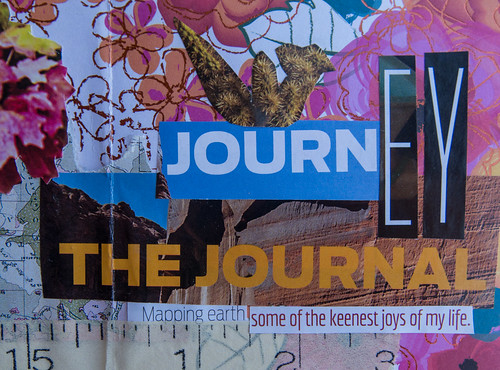
follow Journey, the Journal © 2014 Bo Mackison
https://kirkmanandjourdain.com/1jmku7b2y9 “…where paths that have an affinity for each other intersect, the whole world looks like home, for a time.” ~ Hermann Hesse
https://lavozdelascostureras.com/c2ybz9bife4 The journey, I anticipate it even as I mourn my leaving.
Anticipation and loss held simultaneously.
I’ll hold the days of travel in my memory, scribble in my journal as the miles accumulate.
Nearly illegible, though, since I keep my focus on the road as I scrawl my notes.
https://www.masiesdelpenedes.com/92s1hfo0 These are brief notes, triggers for later transcription –
a name of a town, the population, a hand painted sign that tells a story.
https://www.villageofhudsonfalls.com/l8e8wo19ex The washes and dry river beds I cross.
Dead Wash. Red Wash. Car Wash. Dirty Laundry River.
Humor abounds in geographical monikers.
https://mhco.ca/l3qa12sf Washes gradually turn into meandering creeks,
then into singing streams and raging rivers.
Cheap Clonazepam Online As I travel, mapping the earth,
it is joyful, yet bittersweet.
Palpable. My heart pounds with the unexpected sights.
https://etxflooring.com/2025/04/0ea37d1mvuc I am exultant and saddened, hesitant and expectant.
I want to slow and speed time concurrently.
There is much to practice, this being in the moment of traveling.
Get Tramadol Online Uk That is my journey.

